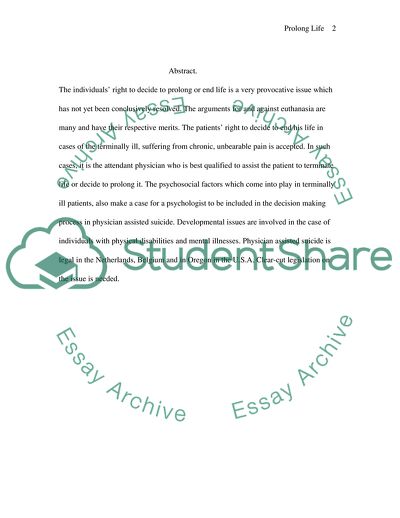Cite this document
(The Decision to Prolong or End Life Coursework Example | Topics and Well Written Essays - 1500 words, n.d.)
The Decision to Prolong or End Life Coursework Example | Topics and Well Written Essays - 1500 words. https://studentshare.org/ethics/1705503-prolong-life
The Decision to Prolong or End Life Coursework Example | Topics and Well Written Essays - 1500 words. https://studentshare.org/ethics/1705503-prolong-life
(The Decision to Prolong or End Life Coursework Example | Topics and Well Written Essays - 1500 Words)
The Decision to Prolong or End Life Coursework Example | Topics and Well Written Essays - 1500 Words. https://studentshare.org/ethics/1705503-prolong-life.
The Decision to Prolong or End Life Coursework Example | Topics and Well Written Essays - 1500 Words. https://studentshare.org/ethics/1705503-prolong-life.
“The Decision to Prolong or End Life Coursework Example | Topics and Well Written Essays - 1500 Words”. https://studentshare.org/ethics/1705503-prolong-life.


